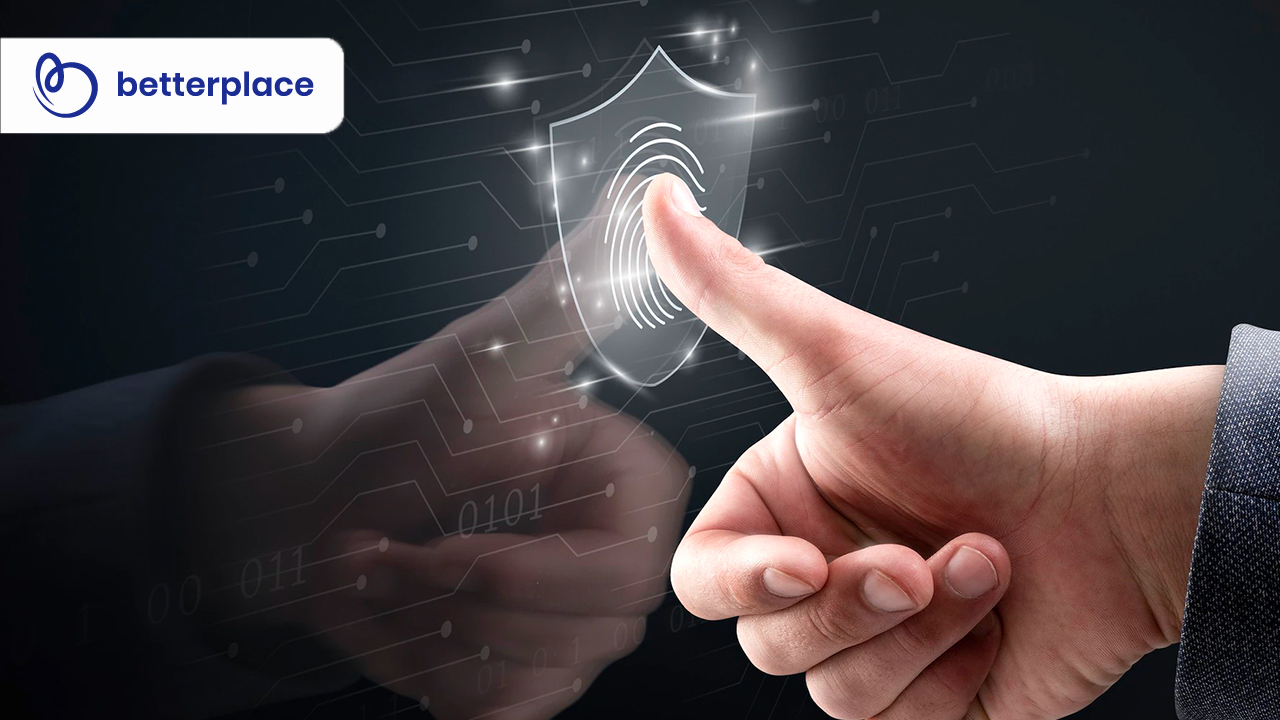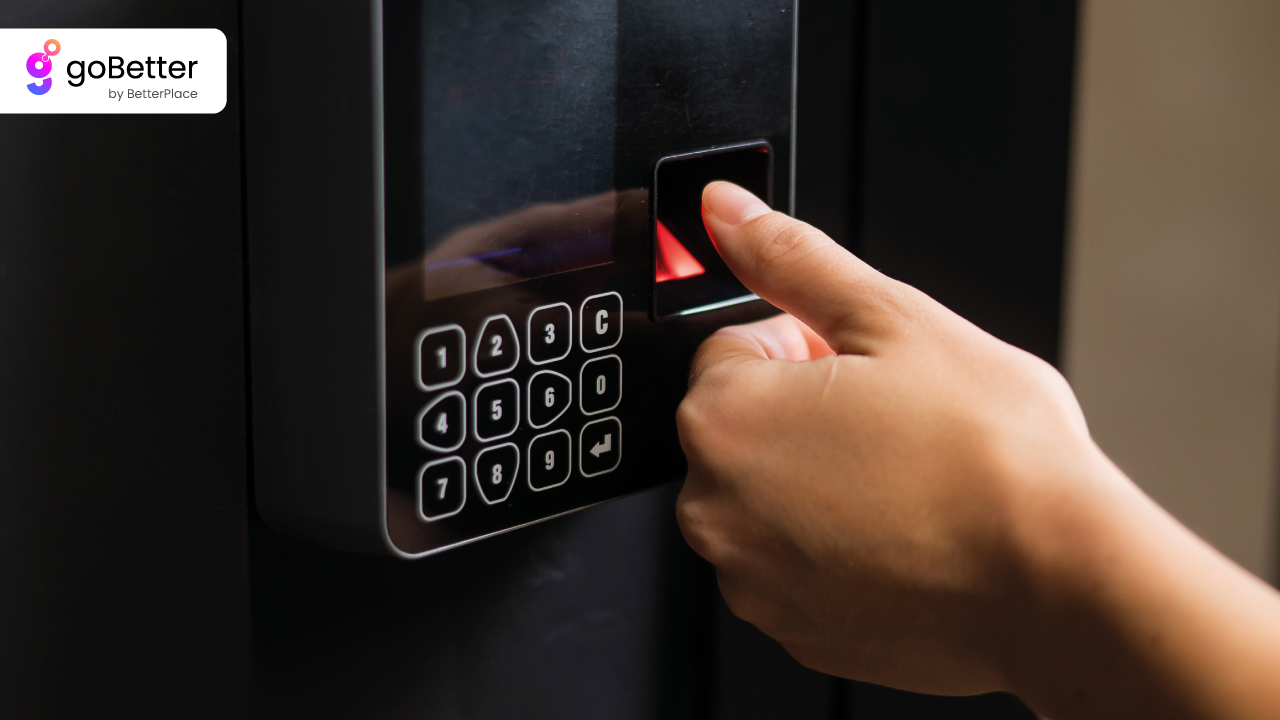Managing and sustaining employee attendance is crucial to the success of nearly every business, organisation, and enterprise. To achieve operational excellence, biometric clock-in and clock-out systems provide accurate attendance data of employees.
A biometric scan turns each fingerprint into a one-of-a-kind entry code that can only be used by the employee to whom the fingerprint belongs. If someone wants to act as an employee proxy, they can’t because their biometrics don’t match.
How do Biometric Attendance Systems Work?
A biometric attendance system utilises a fingerprint to allow employees to clock in and out of their office. The fingerprints of every employee are scanned and then mapped using various system coordinates.
The system then plots these coordinates against a graph and stores them. If the coordinates of an employee’s finger are mapped and compared to those of the preceding image, only then is the entry counted.
One of the most astounding things about fingerprints is that each one has its unique coordinates that cannot be copied from another fingerprint, making it nearly difficult to duplicate a print.
Why are Biometric Attendance Systems Important?
Starting in the 1990s, biometric attendance systems had commercial applications. All of these measures are put in place to protect the company’s customers and employees from the possibility of fraud.
The primary goal of using these technologies in businesses was to restrict access to vital assets in both a physical and logical manner. Several businesses have developed fingerprint sensors and used them in their workplaces as a means of protecting their assets and resources from unauthorised access.
In addition to tracking employees’ schedules, a biometric attendance management system provides the additional benefit of regulating access to employees and non-employees.
It should be clarified that not every employee is allowed to visit every part of the organisation, as per company rules. ID cards can easily be stolen but it is very difficult to replicate fingerprints.
Things to Keep in Mind When Buying Biometric Attendance Systems
If you are buying a biometric attendance system, keep the following things in mind. Also, make sure that you have an effective employee attendance and time policy.
Data security
The security of storing a person’s fingerprints in a system is always going to be an issue because fingerprints are unique. Criminals could take advantage of this information. As a result, it’s critical to know how the data is handled and stored safely while shopping for biometric attendance equipment.
User interface
The software’s dashboards and user interfaces (UX) must be user-friendly and should not necessitate extensive training for staff before they become comfortable with them. The software of the biometric attendance system enables organisations to ensure that data may be accessed at any time and from any location.
Employees and visitors at the company can be distinguished, allowing you to get a better idea of how busy the place is on a daily basis.
The cost of the system
In a biometric attendance system, there are two types of technology: fingerprint and retinal. A fingerprint picture can be captured and stored using a variety of methods, but the image-based system is the most prevalent. This form of biometric attendance system is less precise, but because the technology is simpler, it is less expensive.
Capacitor technology is the second type of biometric attendance system technology used. This is a considerably more precise kind of biometric scanning, and it is employed in major corporate companies that deal with sensitive data in biometric attendance systems.
Availability on cloud
Many different connectors are now available for biometric attendance systems. Employees can clock in from anywhere using the software’s mobile application.
This is critical, especially for companies that allow employees to work from home under certain conditions. Remote employment that doesn’t require an employee to be physically present in the office is becoming more common, and these solutions ensure that even such workers can clock in and begin working on time.
All industries where data validation, assets, resources, etc. are involved can benefit from automated biometric attendance systems. Consulting agencies, workforce management organisations, financial corporations, software companies, and so on can all benefit from these solutions.
Employee time and attendance, payroll administration, human resources management, customer identification, and employee identification are the key goals of implementing this kind of technology.
BetterPlace’s superior algorithms and advanced technologies provide stakeholders with real-time access to the attendance records of blue-collar workers. It will be a piece of cake for you to keep track of the identities of employees and their hours worked while still adhering to the contract labour requirements.






